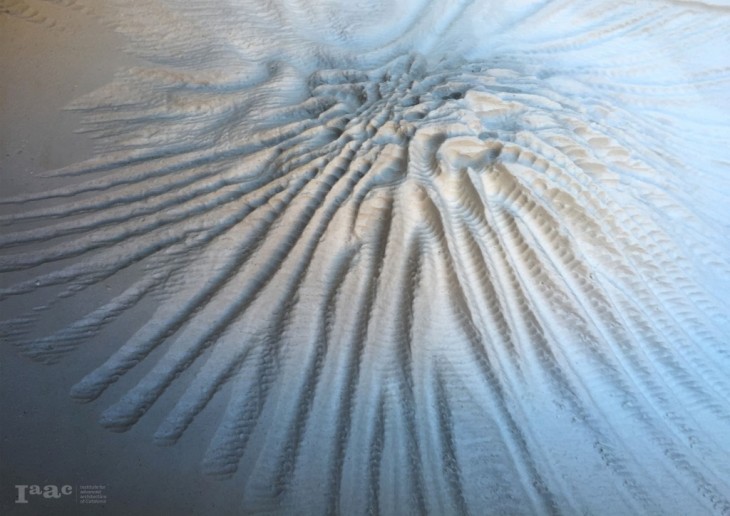
All living organisms are sensorial bodies, able to respond and adapt to different environmental conditions. Architecture should be no different. Buildings should be capable of sensing environment and responding to it. Only by doing this, architecture could accomplish more intimate relation with nature and its inhabitants at the same time.
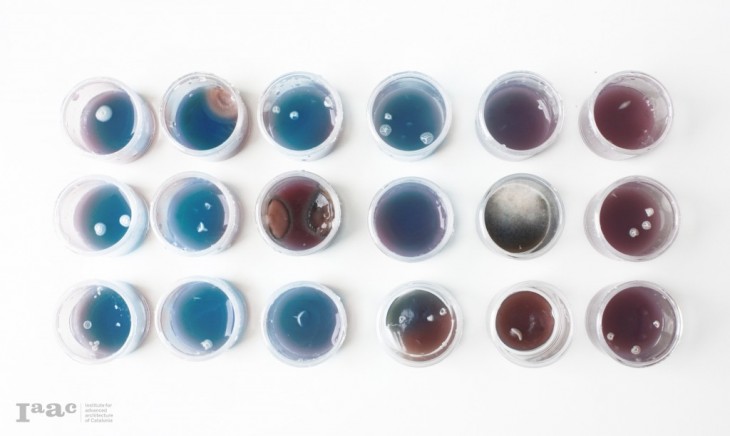 All human beings have their microbiome, unique set of microorganisms that are inhabiting our bodies. These microorganism are running many beneficial processes for humans. Type of microorganisms are determining health of each human. Buildings are not different, they have their microbiome. Microorganisms of the building also affect human health and environment, and could run beneficial processes for the building. Thus making buildings environmentally responsive.
All human beings have their microbiome, unique set of microorganisms that are inhabiting our bodies. These microorganism are running many beneficial processes for humans. Type of microorganisms are determining health of each human. Buildings are not different, they have their microbiome. Microorganisms of the building also affect human health and environment, and could run beneficial processes for the building. Thus making buildings environmentally responsive.

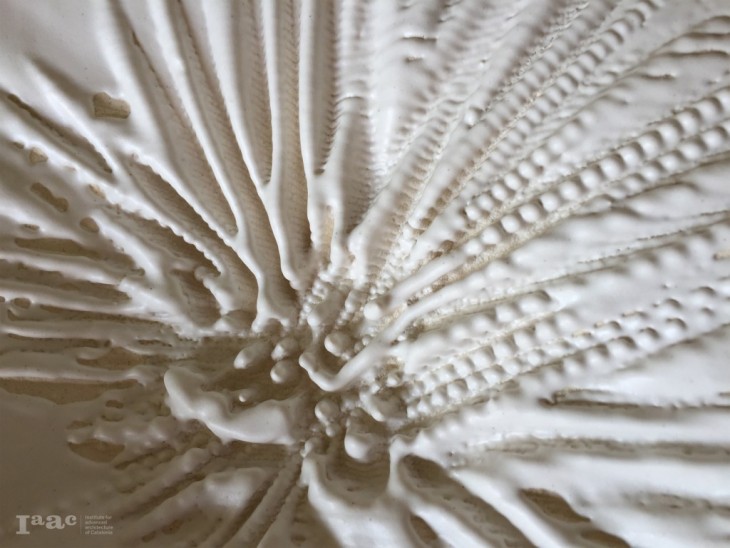
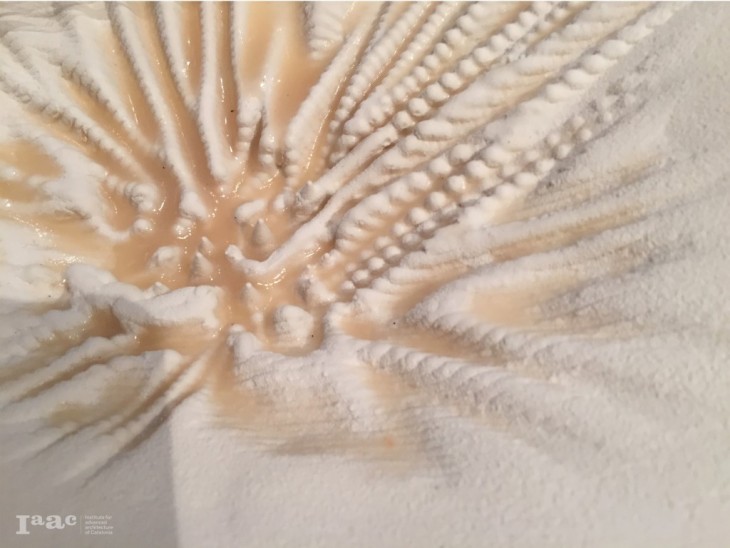
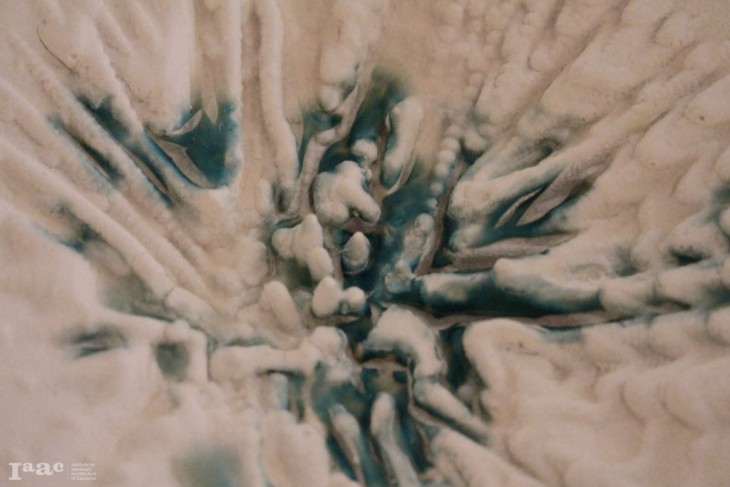
Project investigates possibility of using living microorganisms (specifically bacteria species) as responsive elements coming from renewable and non-harmful resources. There are two parallel research lines in the project. One investigates geometry – surface qualities for bacterial receptivity, with focus on surface texture, roughness and porosity. Scale of these surface qualities determines receptivity level and highly influences human perception of the surface. Geometrical studies take into consideration new computational possibilities in heavy-data digital world and materialization of those complex geometries. Other research line looks closely into bacterial world: different species, conditions of growth and problems of contamination. In order to accomplish response able to evoke human sense, focus is on bacteria species able to perform chromatic change according to the environment. Two research lines combined deliver set of variables determining design process. Research results in prototype with double-sided condition. Two very different sides help each other, making a material system able to host, control and manipulate bacterial growth. Material system where bacteria brings architecture closer to nature and humans. Where architecture sense and reacts to nature through chromatic change which affects human perception of space.
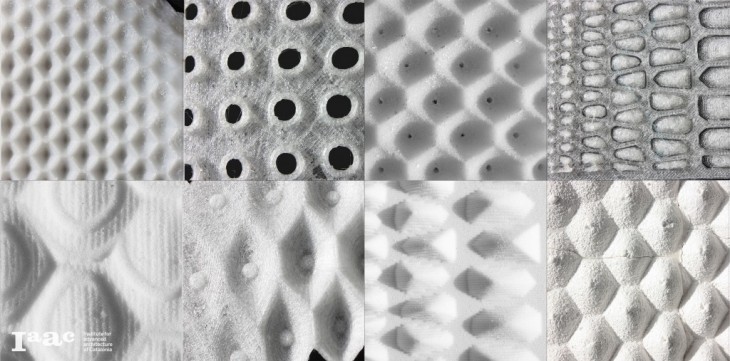
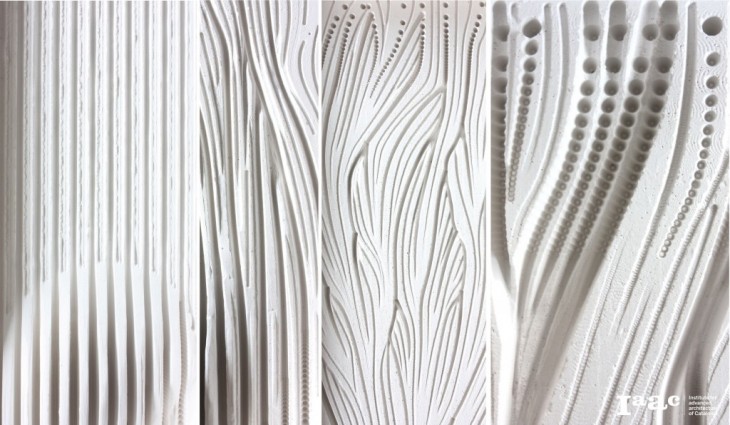
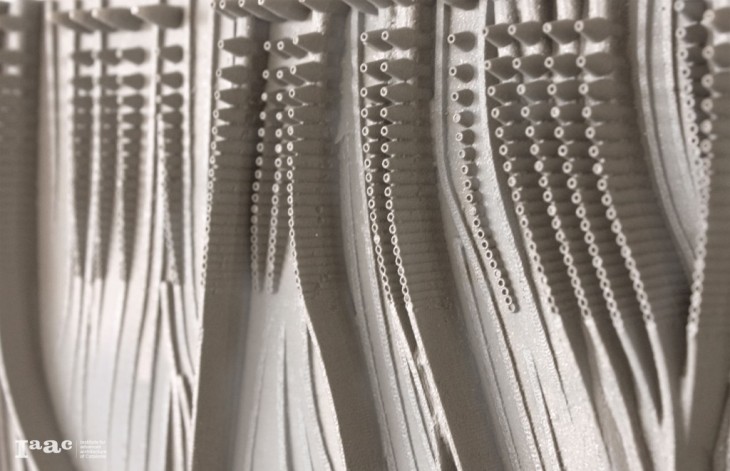
If microbiome is to be considered as another design parameter, bacteria could leave microbiology lab and enter the world of architecture. World where architects design conditions for bacteria species to grow and shape architecture themselves. Thus using bacteria as sustainable replacement for toxic, non-biological and non-recyclable versions of products that are polluting to produce.
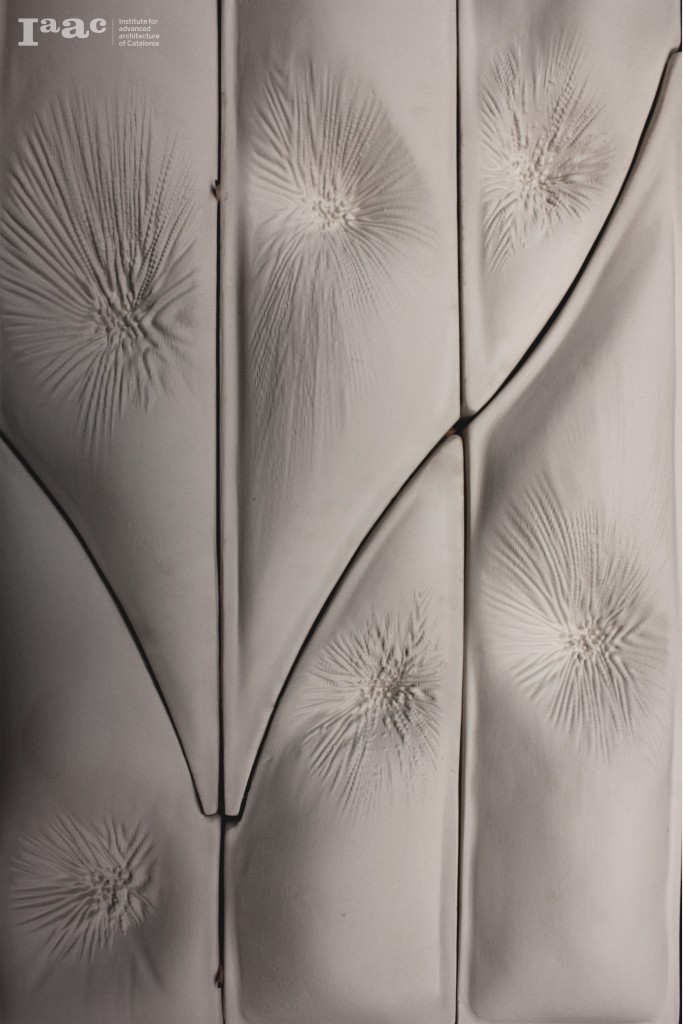
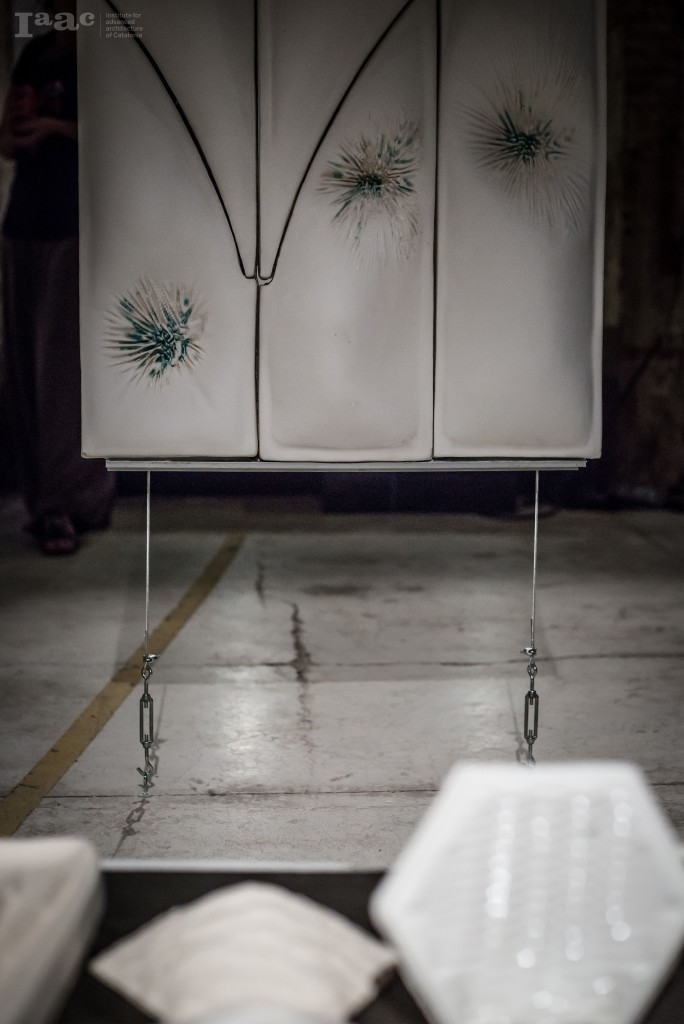
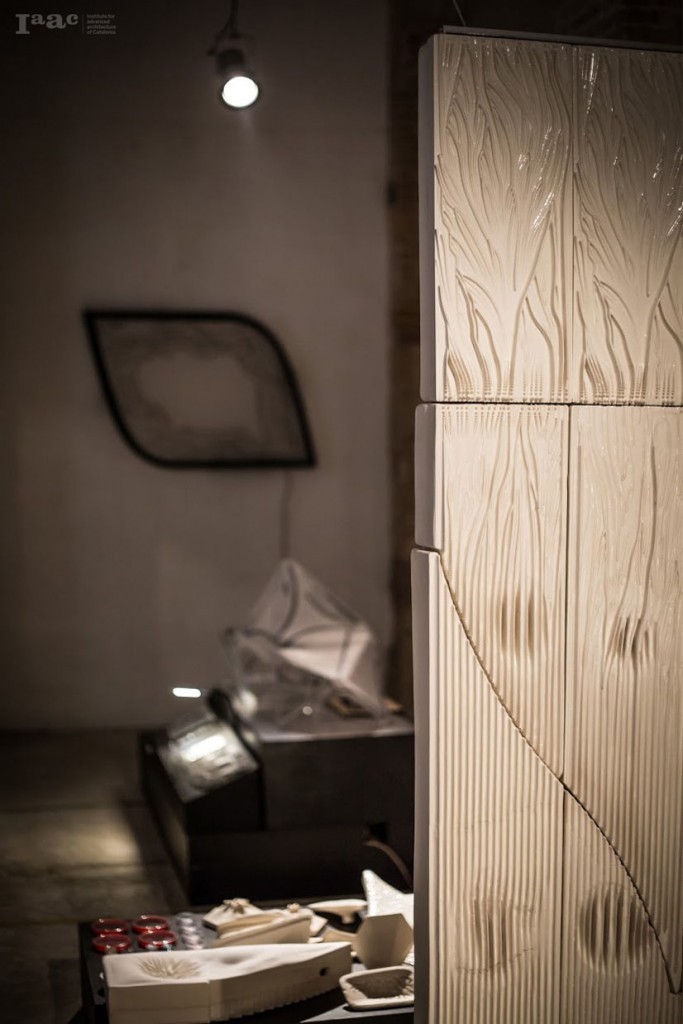
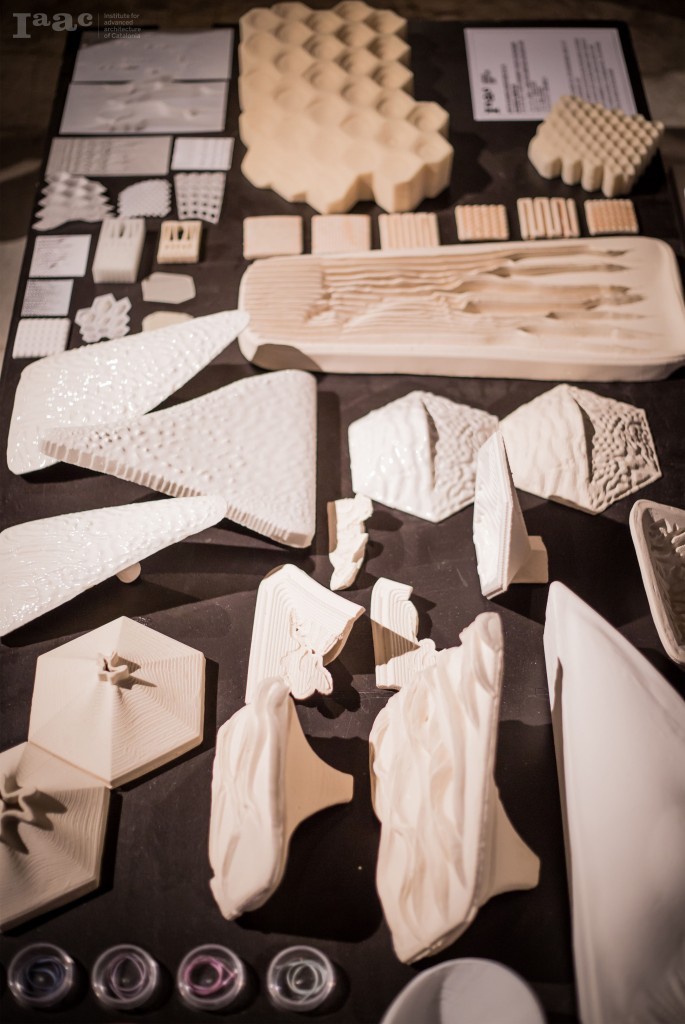
Responsive Manifolds is a project of IaaC, Institute for Advanced Architecture of Catalonia
developed at Master in Advanced Architecture in 2015/16 by:
Student: Nina Jotanovic
Faculty: Marcos Cruz
Support: Núria Conde Pueyo
Collaboration: Ceramica Cumella